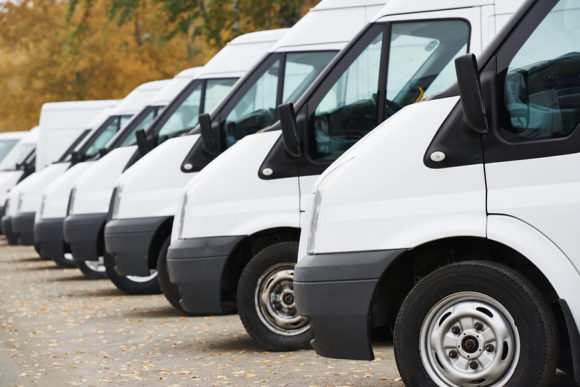While the property/casualty industry has reported three consecutive years of significant underwriting profits, the commercial auto market as a whole reported an underwriting loss for the fifth consecutive year in 2015.
In short, U.S. commercial auto insurance has evolved into a “chronically underperforming product segment” for U.S. property/casualty insurers, according to Fitch Ratings.
At the same time, Fitch notes, a number of carriers underwriting the line continue to do well.
Underwriting losses have accelerated with the segment statutory combined ratio rising to approximately 109 for the latest year. The commercial auto combined ratio averaged 106 from 2011-2015, according to analysts at Fitch.
“The poor performance is a reflection of previous overly aggressive pricing in commercial auto and a recent extended period of heightened claims severity, particularly relating to bodily injury claims,” said James Auden, managing director, Fitch Ratings.
As Fitch noted, commercial property/casualty insurance prices continued to decline moderately — an average of 3.1 percent— during the third quarter of last year, according to a survey by The Council of Insurance Agents & Brokers. But, CIAB found, the market did see a slight uptick in rates for commercial auto in last year’s fourth quarter and again in the first quarter of this year.
Fitch said commercial auto written premiums expanded by more than 7 percent in 2015. Insurers have responded to poorer underwriting results with repricing and underwriting actions, but these rate changes have not kept pace with loss experience, Fitch says.
While pricing in the broader commercial lines market is now more competitive with most sectors experiencing flat to declining pricing changes, Fitch says commercial auto rates are likely to continue to increase significantly in the near term, which should contribute towards better underwriting results in 2016. A shift to underwriting profits may still be several years away.
“Despite a poor overall performance and weaker industry profits, a number of companies continue to produce significant underwriting profits in this line,” Auden added.
Top Writers
Progressive has grown to become the largest writer of commercial auto business based on net written premiums, while, according to Fitch, also generating substantial underwriting profits.
According to the National Association of Insurance Commissioners (NAIC), Progressive wrote $2.2 billion of commercial auto in 2015, just above Travelers, which wrote $2 billion. Nationwide ($1.7 billion), Zurich ($1.487 billion) and Liberty Mutual ($1.486) round out the top five.
Berkshire Hathaway Inc. ($1.072 billion to rank sixth), which has rapidly expanded in primary commercial line, has managed to generate underwriting profits in commercial auto, according to Fitch. Old Republic International Corp. ($1.071 and number seven) writes larger account trucking business, yet continues to report consistent modest commercial auto underwriting profits, Fitch said.
In its fourth quarter last year, American International Group (AIG) cited higher severe losses and an increase in current accident year losses in its U.S. commercial automobile liability line, which were partially offset by an improvement in specialty and property business.
Last month, MetLife Auto & Home said it is entering the market and introduced its first commercial auto policy. The product is now available in Illinois, Indiana and Ohio, with more states planned in the near future.
In January, A.M. Best gave commercial lines a negative outlook for 2016 and said what while it expected commercial automobile to continue experiencing rate increases in 2016 amid a positive accident-year trend, any benefit from these increase is being wiped way by adverse development in the line.
In its outlook for 2016, global broker Marsh noted that many insurers have seen their combined ratios deteriorate as commercial automobile loss frequency and severity has increased. As a result, Marsh predicted that brokers and insureds will need to look at alternative markets and structures.
Insureds and insurers need to focus on loss control techniques, including driver safety training, fleet maintenance and the use of telematics through vehicle monitoring devices, Marsh said.
Topics USA Auto Profit Loss Commercial Lines Business Insurance Underwriting Property Casualty
Was this article valuable?
Here are more articles you may enjoy.



 Travelers Reverses Q2 Income Loss, Narrows Underwriting Loss
Travelers Reverses Q2 Income Loss, Narrows Underwriting Loss  Hard Market Conditions Expected to Ease in 2025 as Claims Inflation Softens: Swiss Re
Hard Market Conditions Expected to Ease in 2025 as Claims Inflation Softens: Swiss Re  Progressive Q2 Net Income Skyrockets Over 320%
Progressive Q2 Net Income Skyrockets Over 320%  FM Global Rebrands As FM
FM Global Rebrands As FM 

